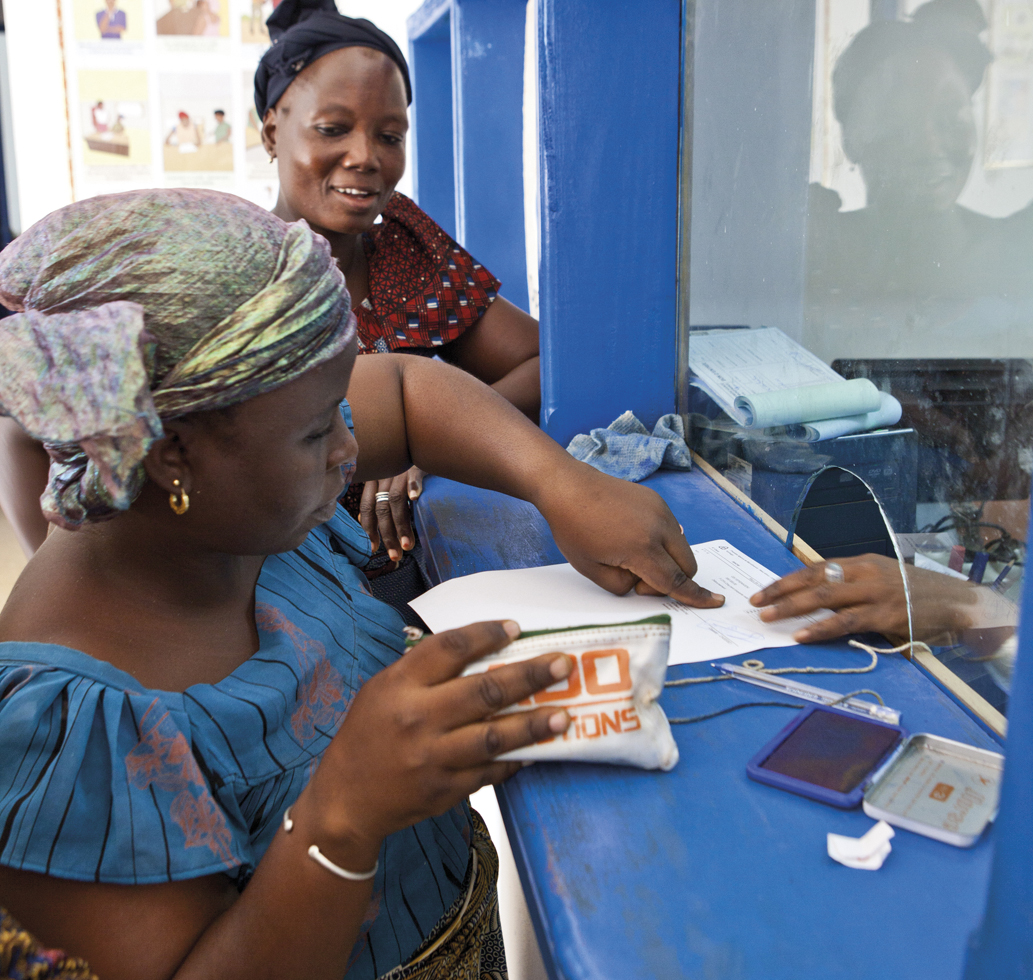
Financing Microfinance
By Godwin Ehigiamusoe PhD
In the past few years, it is safe to assert that two of every three conferences; local and international, focused on how to create sustainable refinancing channels for microfinance institutions and banks. For executives of microfinance institutions, a major challenge is how to meet the ever expanding demand for microfinance services by clients, as service users are called.
Yet a rather paradoxical description of funding situation for microfinance is akin to the poetic “water, water everywhere and yet none to drink.” This, for active stakeholders in the fledging financial sub-sector is patently true. There are large pots of funds out there, yet there is none for most microfinance institutions. A better understanding of this puzzle requires a review of the history of funding of microfinance.
Modern microfinance is essentially a creation of the search for meaningful development, which includes and benefits all the people. Development agencies did not only initiate targeted micro-credit in agricultural financing, but also supported innovative private schemes. The Ford Foundation Inc. holds the distinction of providing early funding support for the Grameen Bank of Bangladesh while it was yet a fledging project, ditto for successful microfinance institutions in Nigeria and elsewhere. Donors were therefore the major sources of funds for pilot microfinance schemes. A feature of donor funding strategy was the provision of funds for activities in addition to credit, an approach that is known as credit plus. These activities included training, gender sensitization and HIV/AIDS awareness creation. This approach was sufficient for the stage and scope of microfinance then.
As the viability and potency of microfinance practice as a development tool was established, efforts were directed at scaling up pilot schemes to reach larger number of people. The logic was that meaningful impact on poverty alleviation could only be achieved if a large number of the poor were reached with financial services. Grants were becoming insufficient to support implementation of expansion plans. The situation was not helped by emerging development challenges as environmental degradation and HIV pandemic, which compete for traditional donors’ attention and resources. Dwindling donors’ support and weak deposit mobilization strategies of microfinance institutions led to the emergence of investors and capital funds for the sector.
Unlike grants, funds from commercial sources are limitless. Unlike grants also, they come with tough conditions. Investors and commercial banks are not known to play Father Christmas with funds. Loans or equity participation must be preceded by due diligence exercises which most hitherto grant-dependent institutions are least prepared for. Here lies the dilemma. There are funds, indeed huge amounts out there which many institutions cannot access. The good news however is that relevant supporting authorities are not unaware of this funding constraint. For example, the national microfinance policy provides for the establishment of a microfinance development fund and a strong appeal to various tiers of government to support microfinance with a proportion of their annual budgets.
Commercial Banks should design innovative strategies of partnership with microfinance institutions. With their flexible and tested service delivery procedures, microfinance institutions can act as effective credit administration entities for banks to reach micro and small businesses with financial services. The banks have the money, microfinance institutions have the delivery skills and micro-enterprises need the money.






